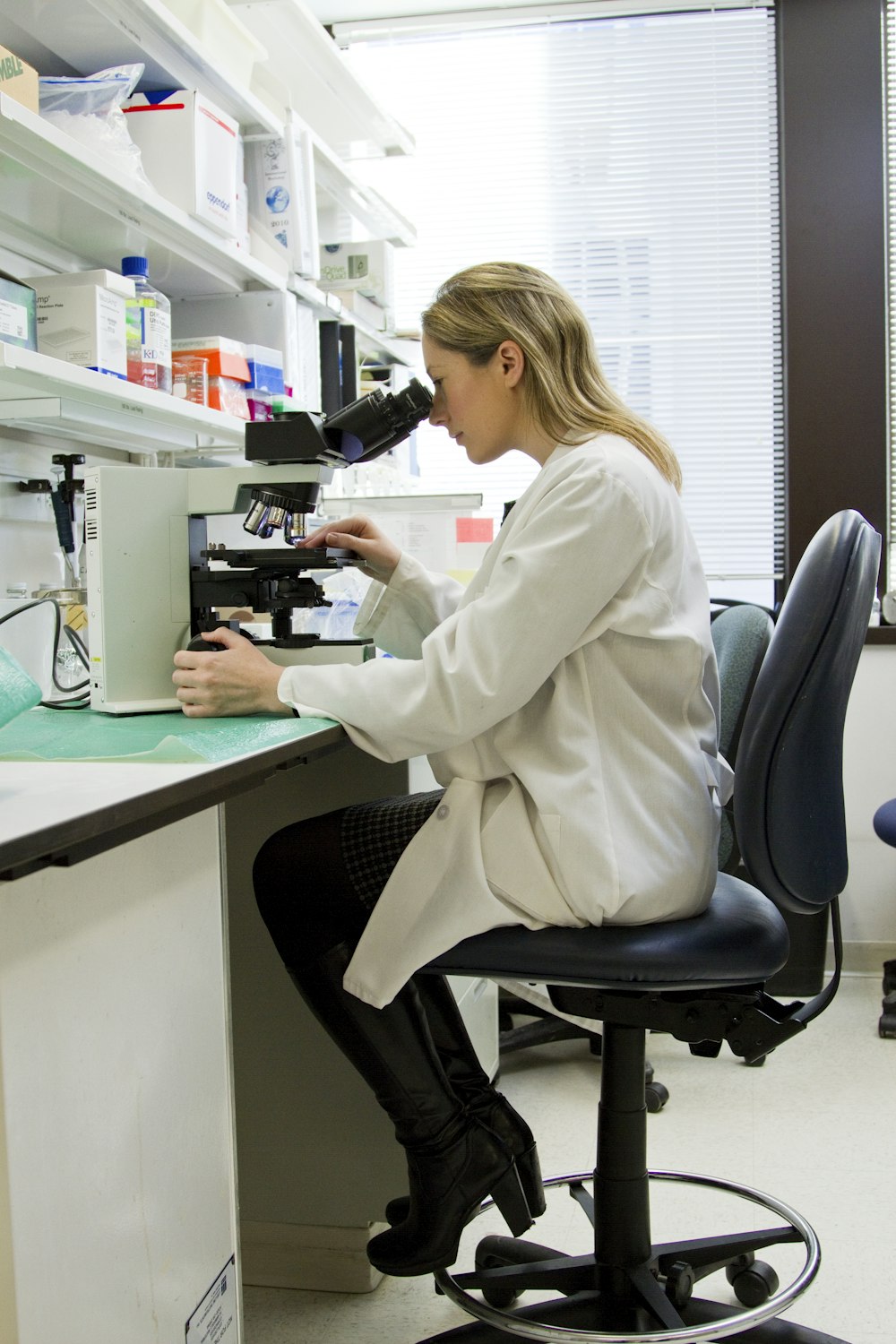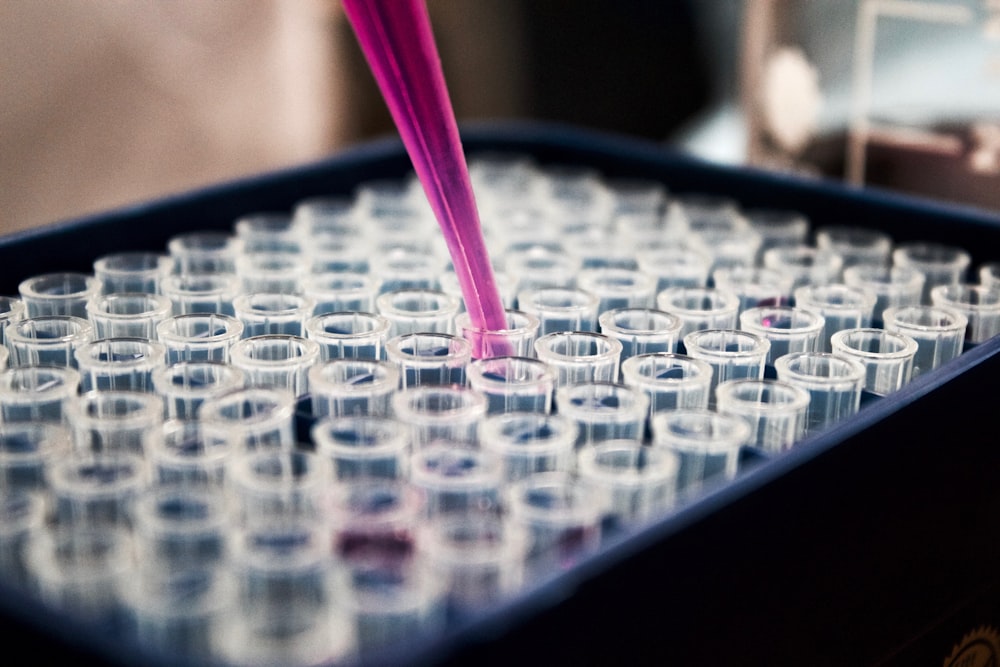Cracking the Epigenetic Code
The Quest to Sequence 5-Methylcytosine
Unlocking the hidden layer of genetic information that directs cellular development and influences disease
Explore the ScienceUnlocking the Hidden Layer of Genetic Information
Beneath the familiar sequence of As, Ts, Cs, and Gs in your DNA lies another entire layer of information—an epigenetic code that helps direct your body's development and health.
This code is written largely through a process called DNA methylation, where tiny chemical markers, known as 5-methylcytosine (5mC), attach to your DNA. These markers don't change the underlying genetic sequence, but they act like molecular "sticky notes," instructing cells on which genes to turn on or off. From guiding embryonic development to influencing your risk for cancer and other diseases, 5mC is a fundamental part of what makes your biology tick. The revolutionary methods scientists are using to read this hidden code are transforming our understanding of genetics itself.
The Blueprint of Life Gets Annotations
To appreciate the significance of 5mC, imagine your genome as a massive blueprint for building and operating a human. The sequence of DNA bases (A, T, C, G) provides the core instructions. 5-methylcytosine is like an annotation on this blueprint—a highlighter that marks sections to be ignored or a stamp that designates a gene as "active."
These annotations are crucial for cellular identity; they are the reason a heart cell dutifully beats while a neuron fires signals, even though both contain the exact same DNA blueprint.
The placement of these methyl marks is not random. They are carefully managed by a suite of enzymes that add, remove, or interpret them. When this system malfunctions, the consequences can be severe. Aberrant methylation patterns are a hallmark of many cancers, where they can incorrectly silence tumor-suppressor genes or activate oncogenes 6 . Research has also linked improper methylation to a range of other conditions, from autoimmune diseases like juvenile idiopathic arthritis to neurological disorders 5 6 .
For decades, detecting 5mC was a major technical challenge. Unlocking the secrets of this "fifth base" required ingenuity and has led to a fascinating arms race in biotechnology.
The Toolkit for Reading Methylation
The gold standard for reading 5mC for over two decades has been a powerful chemical called bisulfite. When DNA is treated with bisulfite, a neat trick occurs: regular, unmodified cytosines (C) are converted into a different base (uracil, which reads as a T during sequencing), while 5-methylcytosine (5mC) remains unchanged 1 . By comparing the sequence after bisulfite treatment to the original, scientists can infer which cytosines were methylated—they are the ones that still read as "C" in a sea of converted "T"s.
However, this method has significant drawbacks. The bisulfite treatment is harsh, severely damaging the DNA and making it difficult to work with rare or small samples 1 7 . Furthermore, it cannot distinguish between 5mC and another important mark, 5-hydroxymethylcytosine (5hmC), leading to potential misinterpretation 6 7 . To overcome these limitations, scientists have developed a new generation of ingenious tools.
Modern Methods for Detecting 5mC
| Method Name | Core Principle | Key Advantages | Key Limitations |
|---|---|---|---|
| Bisulfite Sequencing (BS-seq) 1 | Chemical conversion of unmodified C to U | Cost-effective; established gold standard | Severe DNA damage; cannot distinguish 5mC from 5hmC |
| Ultrafast BS-seq (UBS-seq) 1 | High concentration/temperature bisulfite reaction | ~13x faster; less DNA damage; higher coverage | Still indirect detection (infers 5mC by its resistance to conversion) |
| Direct Methylation Seq (DM-Seq) 4 7 | Enzymatic protection of unmodified C & deamination of 5mC | No DNA damage; directly detects only 5mC; high accuracy | Requires specialized engineered enzymes |
| TAPS / scTAPS 9 | Chemical oxidation & borane reduction | Bisulfite-free; direct detection of 5mC; works at single-cell level | Requires chemical synthesis of reagents |
| ccsmeth (PacBio CCS) | Direct sequencing detecting polymerase kinetics | No pre-treatment; detects methylation on long, native DNA molecules | Requires expensive long-read sequencer; complex data analysis |
Chemical Methods
Techniques like BS-seq and UBS-seq use chemical reactions to differentiate methylated and unmethylated cytosines.
Enzymatic Methods
Methods like DM-Seq use engineered enzymes to selectively detect 5mC without damaging DNA.
Direct Sequencing
Long-read technologies like PacBio CCS can detect methylation patterns without chemical pretreatment.
Single-Cell Resolution
Techniques like scTAPS enable methylation profiling at the single-cell level, revealing cellular heterogeneity.
These advanced methods are enabling discoveries that were previously impossible. For instance, single-cell techniques like scTAPS allow scientists to see the mosaic of methylation patterns in individual cells within a complex tissue like the brain, revealing how epigenetic diversity contributes to brain aging 9 .
A Deep Dive into UBS-Seq: A Faster, Gentler Chemical Conversion
Among the new chemical methods, Ultrafast Bisulfite Sequencing (UBS-seq) stands out as a significant refinement of the classic approach. Recognizing that the long reaction times of conventional bisulfite treatment were the root cause of DNA damage, a team of scientists set out to dramatically speed up the process 1 .
The Methodology: A Race Against Time

The UBS-seq protocol is elegantly simple in concept but relies on precise execution:
DNA Input
The process can begin with remarkably small amounts of DNA—as little as that purified from a single cell 1 .
High-Potency Reagent
Instead of using standard sodium bisulfite salts, the researchers developed a special recipe called UBS-1, composed of highly concentrated ammonium bisulfite and sulfite 1 . This creates a more potent conversion solution.
Ultrafast Reaction
The DNA is mixed with the UBS-1 reagent and incubated at a high temperature of 98°C for only about 10 minutes. For comparison, a standard bisulfite kit requires 150 minutes at 64°C after an initial denaturation step 1 .
Library Preparation and Sequencing
The converted DNA is then cleaned and processed into a sequencing library for analysis on a high-throughput sequencer.
The high temperature ensures the DNA remains denatured (single-stranded), giving the bisulfite reagent full access to every cytosine. The high reagent concentration, combined with the temperature, accelerates the desired chemical conversion by approximately 13-fold, completing the reaction before significant DNA degradation can occur 1 .
Results and Analysis: A Clear Win
The outcomes of the UBS-seq experiment demonstrated clear and significant improvements over the conventional method:
Performance Comparison
DNA Integrity After Treatment
Performance Comparison of BS-seq vs. UBS-seq
| Metric | Conventional BS-seq | UBS-seq | Scientific Impact |
|---|---|---|---|
| Reaction Time | ~160-180 total minutes | ~10-13 minutes | Enables rapid diagnostics and high-throughput processing |
| DNA Damage | Severe degradation | Significantly reduced | Allows analysis of precious, low-input samples like cell-free DNA or single cells |
| Background Noise | Higher, especially in structured DNA | Lower | More accurate estimation of true methylation levels, fewer false positives |
| Genome Coverage | Lower due to degradation and bias | Higher and more uniform | Provides a more complete picture of the methylome, even in high-GC regions |
Application of UBS-seq to RNA Methylation
UBS-seq is also highly effective for detecting a similar mark, m5C, in RNA, which is crucial for regulating gene expression 1 .
| Application | Key Finding with UBS-seq | Biological Significance |
|---|---|---|
| Mapping m5C in HeLa mRNA | Identified thousands of m5C sites, ~90% of which were dependent on the "writer" protein NSUN2 | Resolved prior controversies about the number and origin of mRNA m5C sites |
| Distribution in mRNA | Found m5C sites enriched in the 5'-region of mammalian mRNA | Suggests a potential novel role for m5C in regulating mRNA translation |
The UBS-seq experiment proved that by fundamentally re-engineering the reaction conditions, it was possible to overcome the major historical drawbacks of bisulfite sequencing. It provided the scientific community with a robust tool that is both faster and more accurate, particularly for challenging samples.
The Scientist's Toolkit: Essential Reagents for 5mC Research
Bringing these advanced sequencing methods from concept to reality requires a suite of specialized research reagents.
Key Research Reagent Solutions for 5mC Detection
| Reagent / Tool | Function | Example / Note |
|---|---|---|
| Ultrafast Bisulfite Reagent (UBS-1) | Accelerates C-to-U conversion under high heat, minimizing DNA degradation. | A specific mixture of ammonium bisulfite and sulfite salts 1 . |
| 5-Methylcytosine DNA Standard | Provides a known-methylated control to calibrate experiments and ensure quantification accuracy. | Commercially available (e.g., from Zymo Research) 3 . |
| Engineered Enzymes (for DM-Seq) | A neomorphic methyltransferase and a discriminating deaminase work in tandem to directly and selectively detect 5mC. | Key to bisulfite-free, non-destructive methods 7 . |
| Tn5 Transposase (for scTAPS) | Fragments DNA within single cells for library preparation, enabling single-cell methylation analysis. | Integrated into the scTAPS protocol for single-cell resolution 9 . |
| M.SssI Methyltransferase | An enzyme that uniformly methylates all CpG sites in DNA in vitro. Used to create positive control samples for method validation. | Used in training and testing computational models like ccsmeth . |
Chemical Reagents
Specialized chemical formulations like UBS-1 enable faster, gentler conversion reactions.
Enzymes
Engineered enzymes provide specificity and enable direct detection methods.
Standards & Controls
Reference materials ensure accurate quantification and method validation.
The Future is Epigenetic
The journey to sequence 5-methylcytosine has evolved from a destructive, indirect chemical process to elegant, direct enzymatic and long-read sequencing techniques.

This progress is more than just technical—it's opening new windows into human biology and disease. As these tools become more accessible and are integrated into clinical research, we can anticipate a future where our epigenetic makeup is a standard part of medical diagnostics.
Clinical Applications
Doctors may one day read your epigenetic clock to assess biological age, detect the earliest epigenetic signs of cancer from a simple blood test, or tailor therapies based on your unique epigenetic profile.
Research Frontiers
Understanding how environmental factors influence epigenetic patterns could reveal new connections between lifestyle, exposure, and disease risk.
The hidden annotations on our genetic blueprint are finally being revealed, promising a new era of understanding and intervention in health and disease.
This article is based on recent scientific studies published in peer-reviewed journals including Nature Biotechnology, Nature Chemical Biology, and Genome Biology 1 4 7 .